6 Crops You Might be Surprised Aren’t Native to the US
They have roots elsewhere.
6 Crops You Might be Surprised Aren’t Native to the US
They have roots elsewhere.
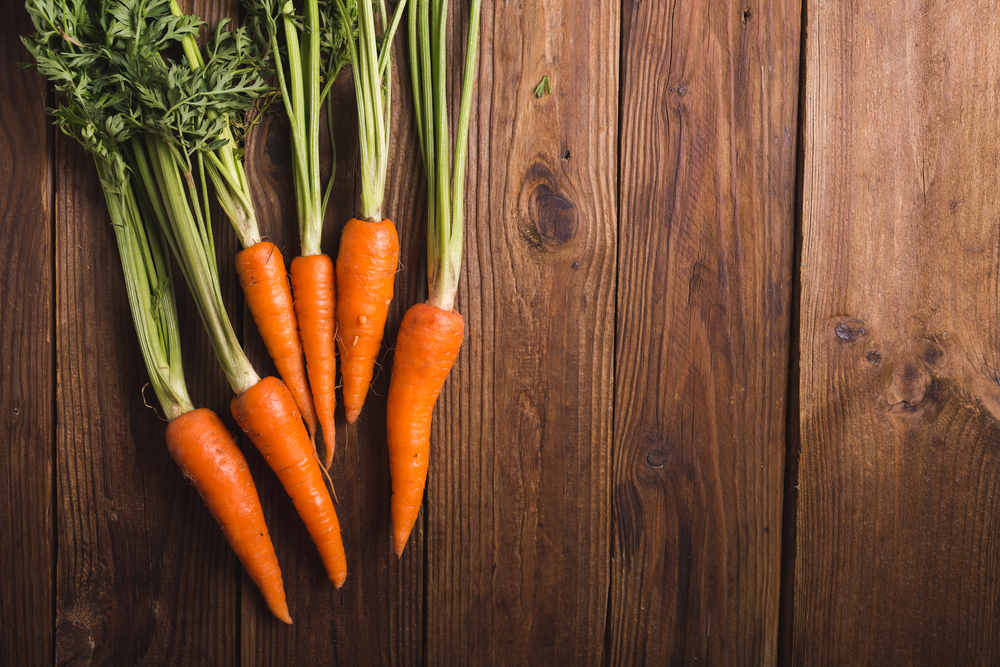
Carrots were cultivated in Persia (modern day Iran) as early as the tenth century.by Avdeyukphoto on Shutterstock
Winter squash, corn and climbing beans are well-known as native crops to North America. Indigenous peoples have grown these three vegetables together as companion crops long before Europeans started showing up here. But aside from this three-sister trio, some might be surprised to learn that many staples of their diets were brought to this continent from elsewhere during colonization.
Here’s our list of six common crops that aren’t native to the United States.
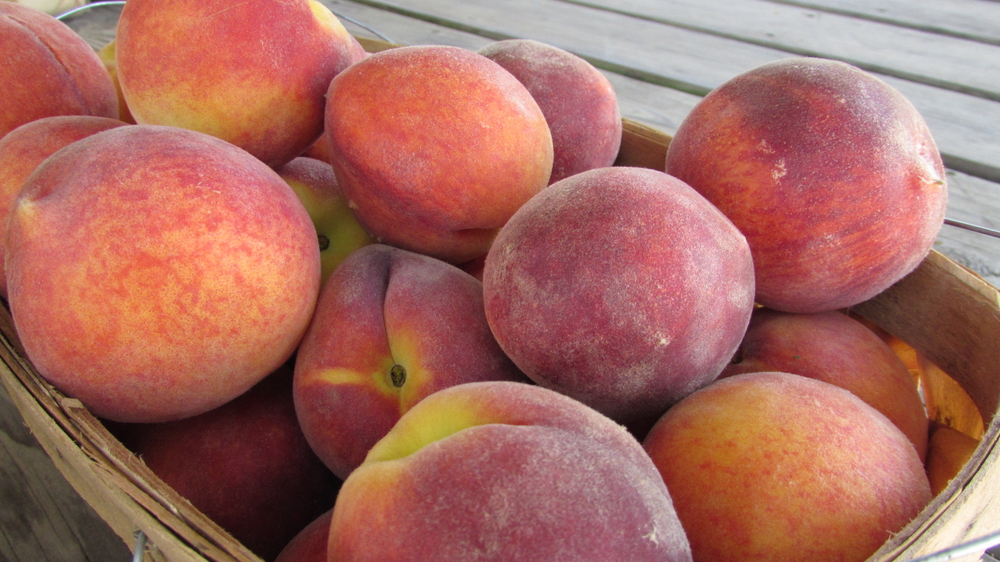
Peaches
They’re the official state fruit of Georgia. The combination of the southern state’s red clay soil with moderate humidity creates perfect growing conditions for a sweet, juicy, product. However, peaches are actually from China originally. According to Clemson University Cooperative Extension, the peach is one of the most ancient domesticated fruits, and people have cultivated it for nearly 4,000 years. The crop was later brought to the US by a number of Spanish monks in the mid 1500s to what is now Florida. Later in the 1800s, it gained popularity in Georgia as horticulturists began to try and grow it as an orchard crop.

Apples
It’s the number one consumed fruit across the country and what’s more American than apple pie, right? Well actually most things. Crab apples are native to the US, but the first relatives of the apples we commonly consume today are not. DNA analyses have found that the very first apples came from the mountains of Kazakhstan. Colonists introduced the fruit to North America in the seventeenth century and planted the first apple orchard in Boston in 1625. There are well-known varieties that have been developed in America, such as golden delicious or honeycrisp apples.
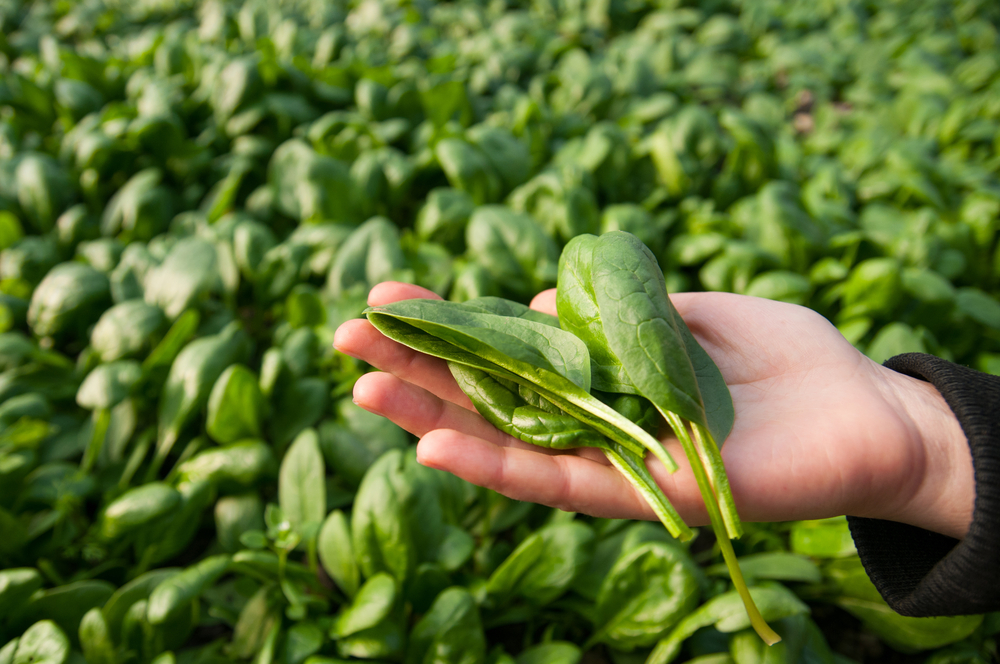
Spinach
The Americanization of spinach through pop culture (and more specifically Popeye) has helped parents push the leafy green on children for almost a century. But far before the cartoon sailor was enjoying it, spinach grew in Persia, which is now Iran. The superfood made its way to Europe in the fifteenth century. It was first cultivated in the US in the early 1800s.
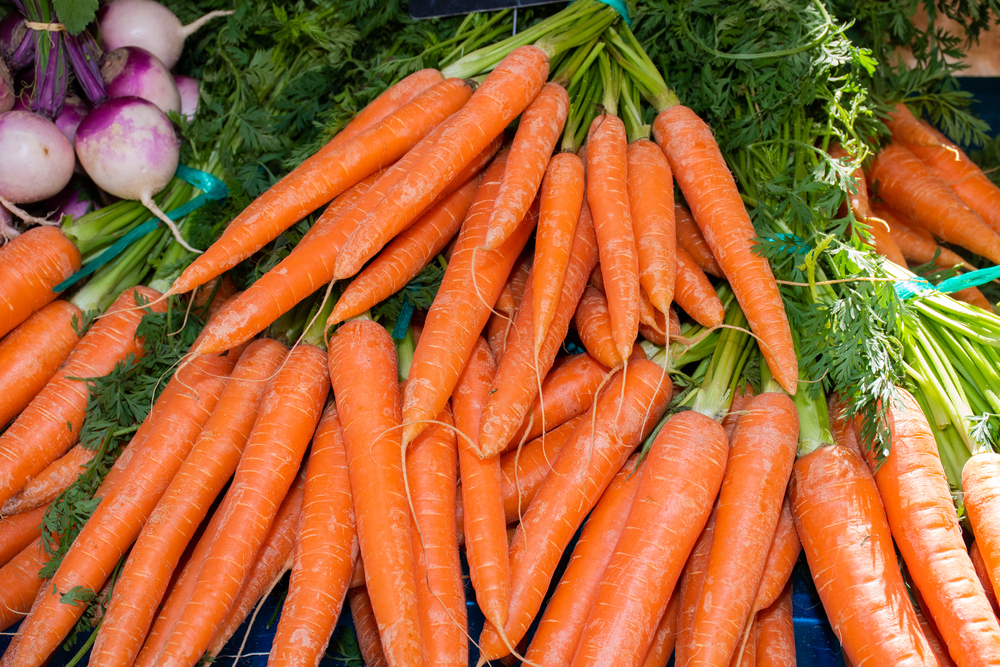
Carrots
Carrots are among the top three most popular vegetables Americans like to consume and they’re an easy cool crop to grow on US soil. Molecular research suggests carrots likely originated in Central Asia and records from the World Carrot Museum show that carrots were cultivated in Persia as early as the tenth century. At that time, the earliest carrot would have not been the vibrant orange we readily associate with the vegetable. These carrots, historians say, were purple or yellow. Six centuries later, orange roots started to appear when their domestication had become more widespread. European settlers introduced the crop to North American when they arrived in the 1600s.
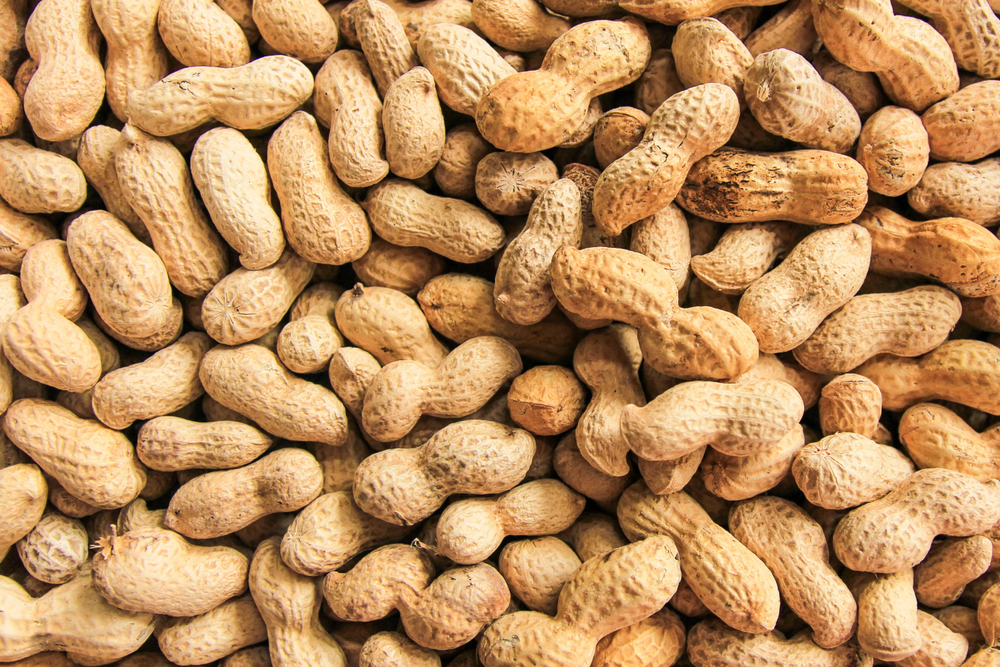
Peanuts
Despite being Georgia’s official crop, the peanut is not native to the southern United States. Based on macrofossil and starch grain data, scientists believe that the first peanuts were grown in South America, around the eastern side of the Andes Mountains. After the Spanish explored the Americas, peanuts spread to Europe, the coasts of Africa, Asia and the Pacific Islands. Peanuts weren’t grown in the US until the 1700s.
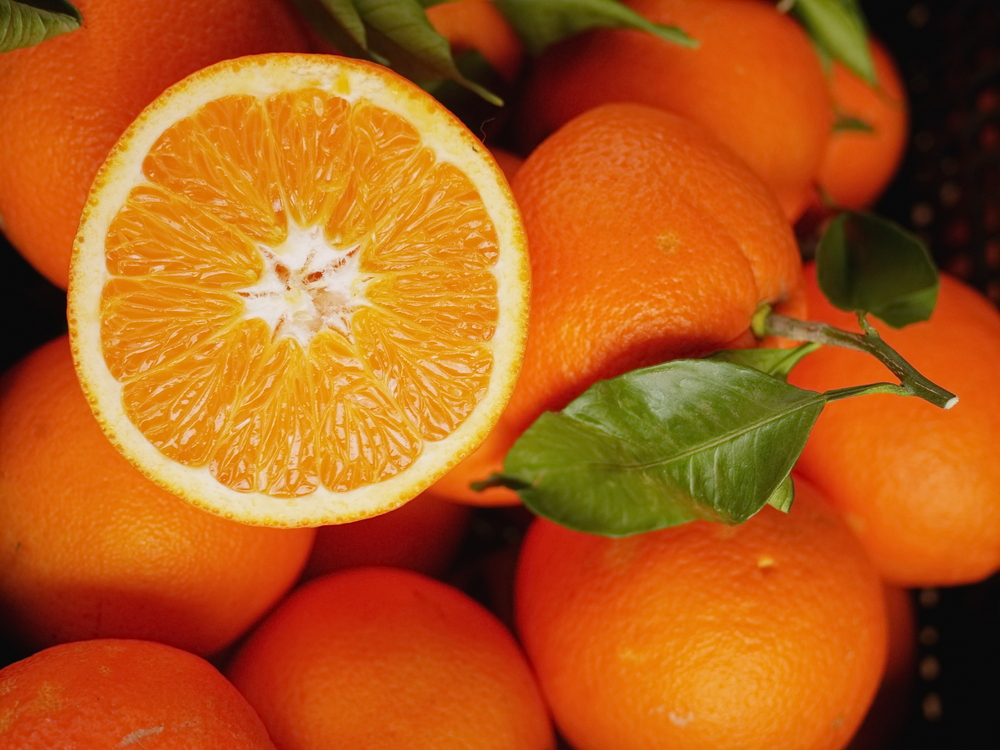
Oranges
Florida’s sandy soil and subtropical climate makes it a great place to grow oranges. But like many of these other fruits and vegetables, Europeans brought oranges here. According to the Florida Department of Citrus, early Spanish explorers planted the first orange trees in St. Augustine in the mid 1500s. Scientists say that the first orange trees grew in the southeast foothills of the Himalayas eight million years ago.
Follow us
This work is licensed under a Creative Commons Attribution-NoDerivatives 4.0 International License.
Want to republish a Modern Farmer story?
We are happy for Modern Farmer stories to be shared, and encourage you to republish our articles for your audience. When doing so, we ask that you follow these guidelines:
Please credit us and our writers
For the author byline, please use “Author Name, Modern Farmer.” At the top of our stories, if on the web, please include this text and link: “This story was originally published by Modern Farmer.”
Please make sure to include a link back to either our home page or the article URL.
At the bottom of the story, please include the following text:
“Modern Farmer is a nonprofit initiative dedicated to raising awareness and catalyzing action at the intersection of food, agriculture, and society. Read more at <link>Modern Farmer</link>.”
Use our widget
We’d like to be able to track our stories, so we ask that if you republish our content, you do so using our widget (located on the left hand side of the article). The HTML code has a built-in tracker that tells us the data and domain where the story was published, as well as view counts.
Check the image requirements
It’s your responsibility to confirm you're licensed to republish images in our articles. Some images, such as those from commercial providers, don't allow their images to be republished without permission or payment. Copyright terms are generally listed in the image caption and attribution. You are welcome to omit our images or substitute with your own. Charts and interactive graphics follow the same rules.
Don’t change too much. Or, ask us first.
Articles must be republished in their entirety. It’s okay to change references to time (“today” to “yesterday”) or location (“Iowa City, IA” to “here”). But please keep everything else the same.
If you feel strongly that a more material edit needs to be made, get in touch with us at [email protected]. We’re happy to discuss it with the original author, but we must have prior approval for changes before publication.
Special cases
Extracts. You may run the first few lines or paragraphs of the article and then say: “Read the full article at Modern Farmer” with a link back to the original article.
Quotes. You may quote authors provided you include a link back to the article URL.
Translations. These require writer approval. To inquire about translation of a Modern Farmer article, contact us at [email protected]
Signed consent / copyright release forms. These are not required, provided you are following these guidelines.
Print. Articles can be republished in print under these same rules, with the exception that you do not need to include the links.
Tag us
When sharing the story on social media, please tag us using the following: - Twitter (@ModFarm) - Facebook (@ModernFarmerMedia) - Instagram (@modfarm)
Use our content respectfully
Modern Farmer is a nonprofit and as such we share our content for free and in good faith in order to reach new audiences. Respectfully,
No selling ads against our stories. It’s okay to put our stories on pages with ads.
Don’t republish our material wholesale, or automatically; you need to select stories to be republished individually.
You have no rights to sell, license, syndicate, or otherwise represent yourself as the authorized owner of our material to any third parties. This means that you cannot actively publish or submit our work for syndication to third party platforms or apps like Apple News or Google News. We understand that publishers cannot fully control when certain third parties automatically summarize or crawl content from publishers’ own sites.
Keep in touch
We want to hear from you if you love Modern Farmer content, have a collaboration idea, or anything else to share. As a nonprofit outlet, we work in service of our community and are always open to comments, feedback, and ideas. Contact us at [email protected].by Lindsay Campbell, Modern Farmer
November 23, 2020
Modern Farmer Weekly
Solutions Hub
Innovations, ideas and inspiration. Actionable solutions for a resilient food system.
ExploreExplore other topics
Share With Us
We want to hear from Modern Farmer readers who have thoughtful commentary, actionable solutions, or helpful ideas to share.
SubmitNecessary cookies are absolutely essential for the website to function properly. This category only includes cookies that ensures basic functionalities and security features of the website. These cookies do not store any personal information.
Any cookies that may not be particularly necessary for the website to function and are used specifically to collect user personal data via analytics, ads, other embedded contents are termed as non-necessary cookies.
I thought I would see potatoes on the list. They are from Peru but now so much of Europe has potatoes as a staple in their diet. They were introduced after 1492 – it was in the book.
I learned the Dutch developed the orange strain of carrots to honor the King and Queen, and the popularity overtook the formerly common colors. What a great article!
Nice article Lindsay